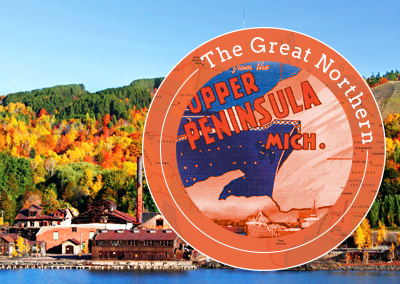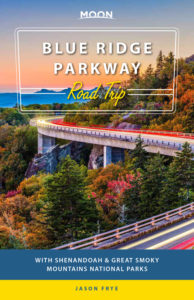Detour: Charlottesville
From the southern end of Shenandoah National Park, it’s a quick 20 miles east on I-64 to Charlottesville (pop. 48,117), a richly historic college town that’s one of the most enjoyable stops in the state. From the rolling green lawns of the University of Virginia campus to neoclassical Monticello on the hills above it, the legacy of Thomas Jefferson dominates Charlottesville. Jefferson lived and worked here for most of his life—when he wasn’t out founding the country or serving as its president.
West of the compact downtown district, the University of Virginia campus was Jefferson’s pride and joy. Not only did he found it in 1819 and fund its early years, he planned the curriculum and designed the original buildings, a quadrangle of redbrick Palladian villas that the American Institute of Architects declared the most perfect place in the country. Edgar Allan Poe lived and studied here briefly before dropping out in 1826. Poe’s room, appropriately, is No. 13 in the West Range, and it’s decorated to look like it did a century ago, with a few period belongings visible behind the glass door. When school is in session, free campus tours are offered three times a day by the University Guides (434/924-3239).
Charlottesville’s other key sight is Jefferson’s home, Monticello (434/984-9800, tours daily, $29 adults)—the domed building that fills the back of the nickel coin—well signed off I-64 exit 121. Recently restored and open for tours, Monticello embodies the many different traits of this multifaceted man. The house was designed and built by Jefferson over a period of 40 years (1769-1809) and holds various gadgets he invented—including a double-pen device that made a copy of everything he wrote—and odd things he collected over the years like elk antlers sent to him by Lewis & Clark. Jefferson died here at Monticello on July 4, 1826, and the grounds, which in Jefferson’s time formed an extensive plantation worked by slaves, hold his mortal remains in a simple tomb beyond the vegetable gardens.
Down in the valley below Monticello, Michie Tavern (434/977-1234, daily, tour $6 adults) is a touristy but interesting inn that opened in 1784 and was moved to the present site in the 1920s. Admission includes a tour of the parlors, bars, and upstairs rooms. Michie Tavern is also a restaurant serving “Old World food” for the bus-tour hordes, at around $19 a head (plus dessert!) for a “colonial buffet” lunch. (Just so you know, Michie is pronounced “MICK-ee.”)
Practicalities
Like most college towns, Charlottesville provides a broad range of good places to eat, including bare-bones cafés like the White Spot (1407 University Ave., 434/295-9899), right across from campus. This is the place to satisfy cravings for a cheeseburger with a fried egg on top, known here as a Gus Burger. On the downtown mall, a stretch of Main Street successfully pedestrianized in the 1970s by architect Lawrence Halprin, you’ll find places like Bizou (119 W. Main St., 434/977-1818), serving upscale diner food. There’s more great food, along with live music, next door at Miller’s Downtown (109 W. Main St., 434/971-8511).
Most of Charlottesville’s motels line up along Emmett Street (US-29 Business), near the US-250 freeway, including the well-placed English Inn (2000 Morton Dr., 434/971-9900 or 800/786-5400, $95 and up)
Related Virginia Travel Guides
Virginia Travel Map
















